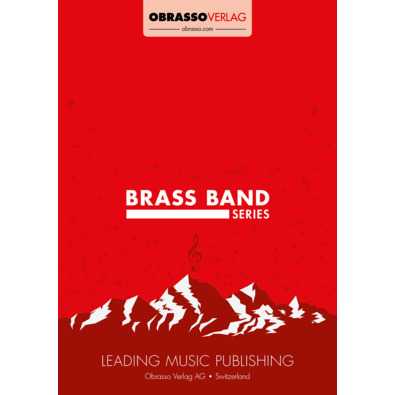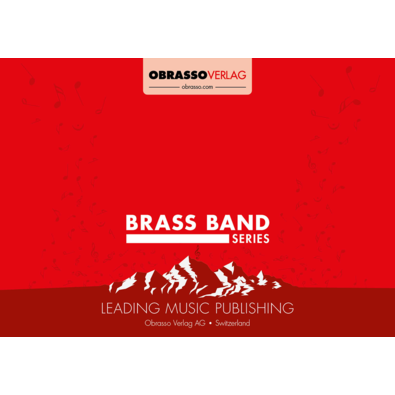We've found 1000 matches for your search. Order by
Results
-
£19.95
SPANISH DANCES No.2 (Brass Band Set) - Moskowski - S. Myers
Estimated dispatch 7-14 working days
-
£19.95
SPANISH DANCES No.1 (Brass Band Set) - Moskowski - S. Myers
Estimated dispatch 7-14 working days
-
£24.95
SLAVONIC DANCE No.3, Op.46 (Brass Band Set) - Dvorak - Philip Sparke
Estimated dispatch 7-14 working days
-
£24.95
SLAVONIC DANCE No.1, Op.46 (Brass Band Set) - Dvorak - Geoffrey Brand
Estimated dispatch 7-14 working days
-
£104.95
CONCERTO No.2 (Brass Band Set) - Derek Bourgeois
Estimated dispatch 7-14 working days
-
£89.95
CONCERTO No.1 (1999 Edition) (Brass Band Set) - Derek Bourgeois
Estimated dispatch 7-14 working days
-
£30.25
Pomp & Circumstance March No 5 - Elgar, E.
Estimated dispatch 5-7 working days
-
 £50.90
£50.90 -
 £54.20
£54.20 -
 £54.20
£54.20
